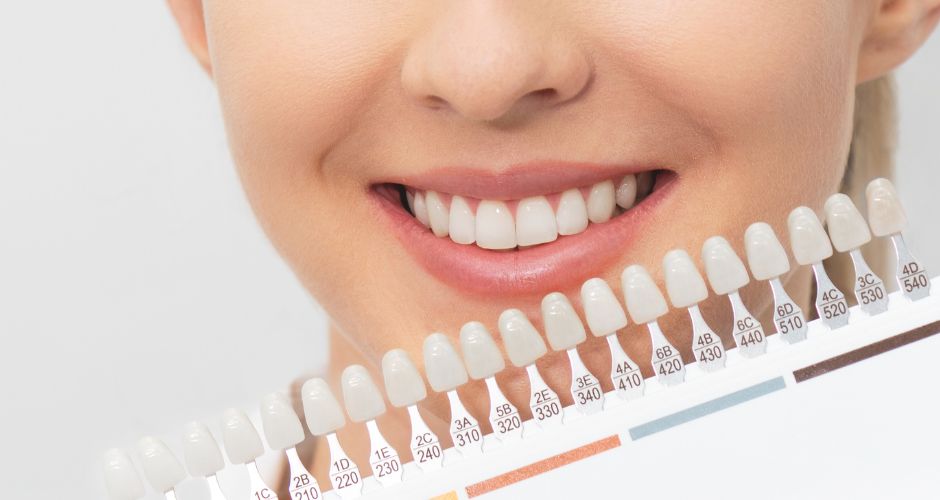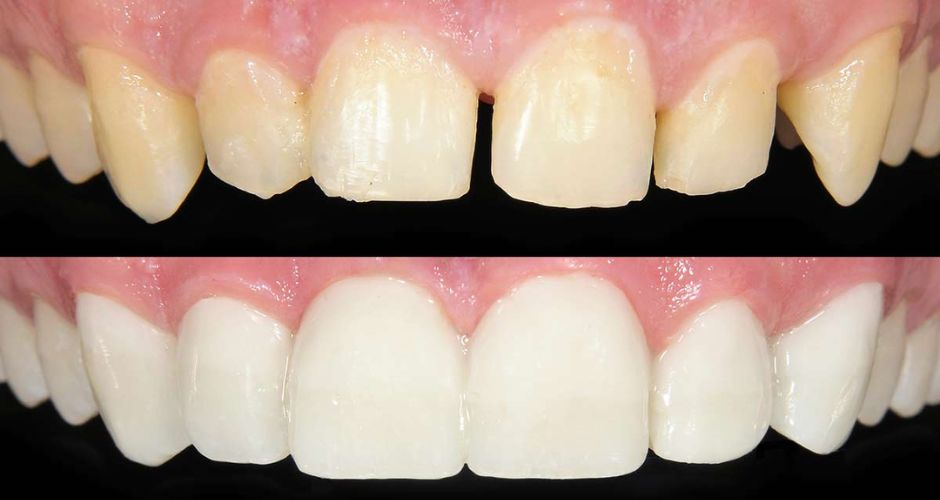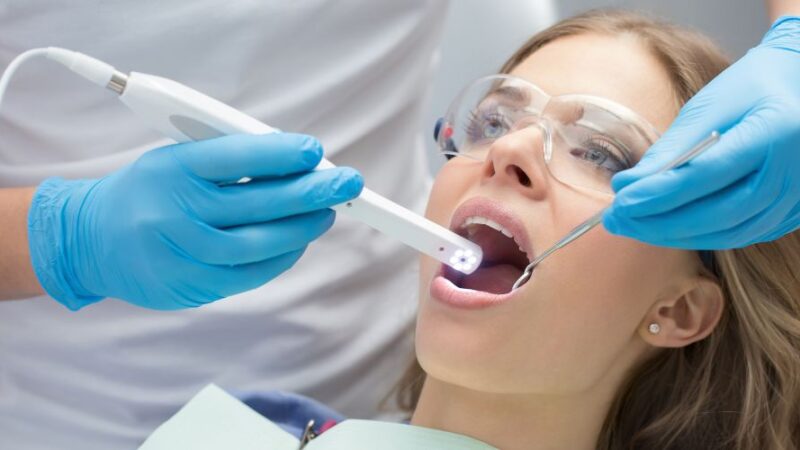Pros and Cons of Teeth Bonding – 2024

Are you considering teeth bonding but need clarification on whether it’s the right option? Whether you’re looking to fix a chipped tooth, close a gap, or improve the appearance of discolored teeth, teeth bonding can be a viable solution. However, weighing the advantages and disadvantages is essential to make an informed decision.
In this blog post, we’ll explore everything you need to know about teeth bonding, including its pros and cons.
What is Teeth Bonding?
Teeth bonding, also known as dental bonding or composite bonding, is a cosmetic dental procedure used to improve the appearance of teeth. A tooth-colored composite resin material is applied to the tooth’s surface and sculpted to achieve the desired shape and contour during the bonding process.
The resin is then hardened with a special light, bonding to the tooth and creating a seamless blend with the natural enamel. Teeth bonding can repair chipped or cracked teeth, close gaps between teeth, reshape irregularly shaped teeth, and cover stains or discoloration.
Teeth bonding can be used to address a variety of cosmetic dental concerns, including:
1. Repairing chipped or cracked teeth: Bonding can restore the shape and structure of a tooth damaged due to injury or trauma.
2. Closing gaps between teeth: By adding composite resin to the sides of adjacent teeth, bonding can effectively close small gaps or spaces between teeth.
3. Reshaping irregularly shaped teeth: Bonding can be used to reshape teeth that are too small, uneven, or misshapen, creating a more harmonious and balanced smile.
4. Covering stains or discoloration: Composite resin can be color-matched to the natural shade of your teeth, effectively covering stains or discoloration and improving the overall appearance of your smile.

Pros of Teeth Bonding
Here are the pros of teeth bonding explained in detail:
1. Cosmetic improvement: Teeth bonding is an effective cosmetic dental procedure that can enhance the appearance of your smile. It allows for correcting aesthetic imperfections, such as chipped, cracked, or discolored teeth. By applying a tooth-colored composite resin material to the tooth’s surface and sculpting it to the desired shape, bonding can create a seamless and natural-looking restoration that blends seamlessly with your natural teeth.
2. Minimal tooth alteration: Unlike other cosmetic dental treatments, such as veneers or crowns, teeth bonding typically requires minimal alteration of the natural tooth structure. This means less enamel must be removed during the bonding process, preserving more of your tooth’s natural structure. As a result, teeth bonding is considered a conservative option that can help maintain your teeth’ overall health and integrity.
3. Quick and painless procedure: Teeth bonding is a relatively quick and easy procedure that can often be completed in a single dental visit, depending on the extent of treatment. Unlike more invasive procedures that may require multiple appointments and recovery time, bonding typically involves minimal discomfort and downtime. This makes it convenient for patients looking to improve their smile without extensive dental work.
4. Affordable option: Teeth bonding is often more affordable than other cosmetic dental procedures, such as porcelain veneers or dental implants. This makes it a cost-effective option for patients seeking to improve their smile’s appearance without breaking the bank. Additionally, because bonding can often be completed in a single visit, there are fewer associated costs for multiple appointments or laboratory fees.
5. Versatility: Teeth bonding is a versatile treatment option that can address various cosmetic concerns. Whether you’re looking to repair a chipped or cracked tooth, close gaps between teeth, reshape irregularly shaped teeth, or cover stains or discoloration, bonding can provide a customized solution to suit your needs. This versatility makes bonding an attractive option for patients seeking comprehensive smile enhancement.
Recommended – How to Deal with Dental Phobia or Anxiety?
Cons of Teeth Bonding
1. Susceptible to staining: While composite resin used in teeth bonding is initially stain-resistant, it can become discolored over time. Factors such as smoking, consuming staining foods and drinks like coffee or red wine, and inadequate oral hygiene can lead to discoloration of the bonded teeth. Unlike porcelain veneers, which are more resistant to staining, bonded teeth may require periodic touch-ups or polishing to maintain their appearance.
2. Not as durable as other options: Teeth bonding may not be as stable as alternatives like porcelain veneers or dental crowns. While composite resin is relatively strong, porcelain is less resilient than it is. It may be more prone to chipping or fracturing, particularly in heavy biting forces or teeth grinding (bruxism). Individuals who engage in habits like nail-biting or chewing on complex objects may also increase the risk of damage to bonded teeth.
3. Limited lifespan: On average, teeth bonding may last 5 to 10 years before requiring maintenance or replacement. While this can vary depending on factors such as oral hygiene practices, lifestyle habits, and the location of the bonded teeth, composite resin may wear down or degrade over time, necessitating repairs or replacements to maintain the desired cosmetic result. Also, bonded teeth may be more prone to chipping or breaking than dental restorations.
4. Requires maintenance: Like natural teeth, teeth bonding requires regular maintenance to ensure longevity and optimal appearance. This includes practicing good oral hygiene habits such as brushing and flossing regularly, avoiding habits that can damage the bonded teeth (such as biting on complex objects), and scheduling routine dental check-ups and cleanings. Additionally, individuals with bonded teeth may need to avoid certain foods or habits that can compromise the integrity of the bonding material and increase the risk of damage or discoloration.
5. Limited coverage by insurance: While teeth bonding may be covered by dental insurance for functional reasons (such as repairing a chipped tooth or filling a cavity), coverage for purely cosmetic purposes may be limited. This means that individuals seeking teeth bonding solely for aesthetic enhancement may need to bear the total cost of treatment out-of-pocket. Before teeth bonding, check with your dental insurance provider for coverage options and potential out-of-pocket expenses.
Conclusion
Teeth bonding can be an excellent option for enhancing the appearance of your smile, offering cosmetic improvement with minimal tooth alteration and affordability. However, it’s essential to consider the pros and cons carefully to determine if it’s the right choice for your needs and goals. Consult a qualified cosmetic dentist to discuss your options and create a personalized treatment plan that addresses your concerns and achieves your desired smile transformation.
Recommended – Braces vs. Invisalign: Which is the Right Choice






